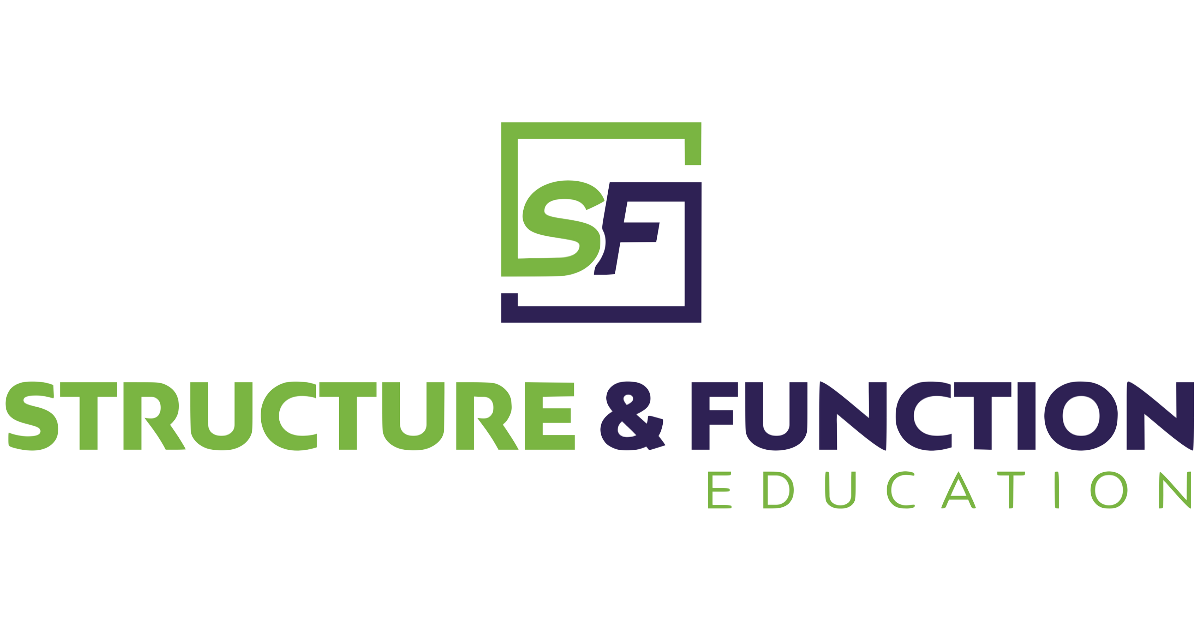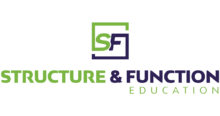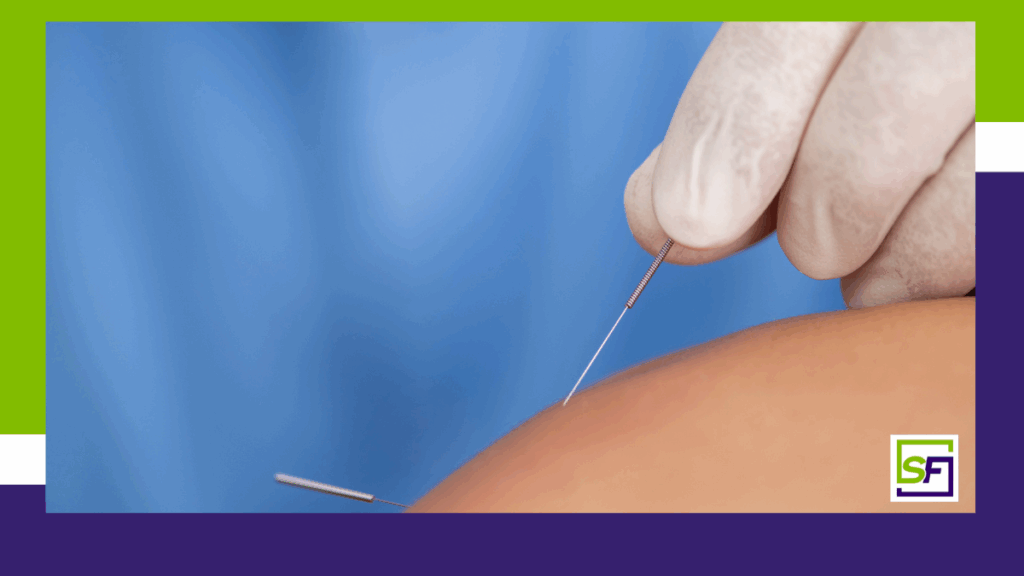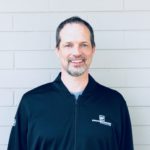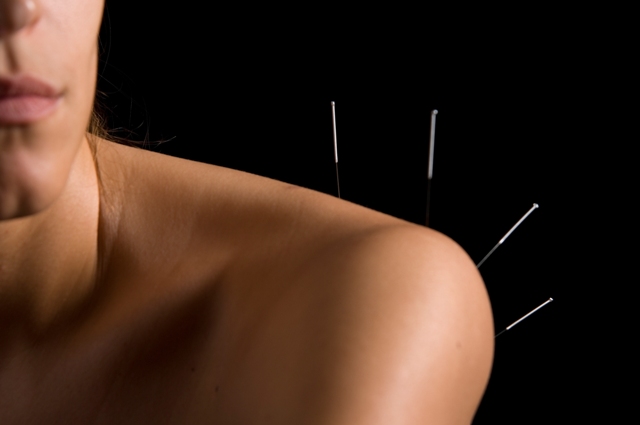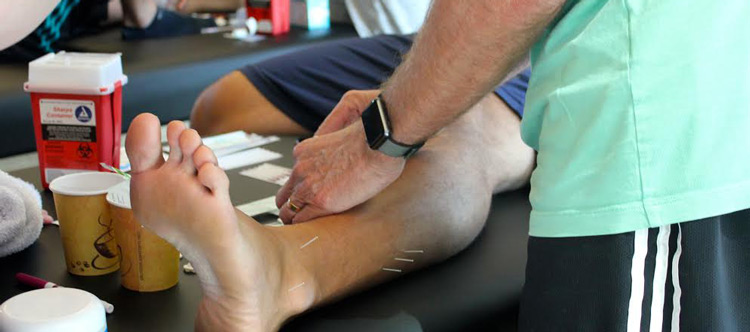Expert Consensus on Dry Needling for Stroke Spasticity: A Positive Game Changer?
One of the most frequently posed inquiries I encounter, both in my correspondence and during my dry needling courses, pertains to the effective management of post-stroke spasticity. This condition is multifaceted, and identifying dependable, evidence-based strategies is of utmost importance. Due to this, I was drawn to the recent study, “Expert Consensus on the Application of Dry Needling in Stroke Patients: A Modified Delphi Method” by Velázquez-Saornil et al. (2025). This study offers significant insights, particularly for practitioners employing dry needling to address post-stroke spasticity, and I am eager to share these findings with you.
The Gist of the Dry Needling for Stroke Study
This study utilized a rigorous modified Delphi method, bringing together 102 international experts in stroke rehabilitation and dry needling. These experts participated in multiple rounds of surveys, meticulously evaluating 35 key questions related to the application of dry needling in stroke patients. The goal? To establish a clear consensus on best practices for this intervention.
Key Findings of the Dry Needling for Stroke Study
Early Intervention: A Critical Window
The expert panel demonstrated significant consensus regarding the efficacy of dry needling for stroke post initial onset. Early spasticity, characterized in the study as the initial weeks post-stroke during which muscle tone begins to elevate, is a primary focus for management. What is the significance of this? Spasticity can substantially hinder motor recovery, resulting in secondary problems such as contractures, discomfort, and diminished function. By addressing spasticity early, we can create a more favorable environment for neuroplasticity and functional rehabilitation.
Local Twitch Response (LTR): More Than Just a Twitch
The study consistently identified the local twitch response as a crucial predictor of treatment efficacy. This is not merely an arbitrary muscle twitch; it indicates that you are stimulating the correct area and initiating a series of physiological responses. Long-term responses (LTRs) are believed to entail the release of localized neurotransmitters, alterations in muscle fiber tension, and the modification of nociceptive pathways. Fundamentally, they constitute a crucial element of the therapeutic mechanism of dry needling for stroke.
Ultrasound Guidance: Enhancing Precision and Safety
The research also emphasized robust endorsement for the application of ultrasonic guidance in dry needling. This technology enables real-time visualization of the target muscle and adjacent components, such as blood vessels and nerves. This can markedly enhance the precision of needle placement, diminish the likelihood of adverse events, and instill greater confidence when addressing intricate anatomical areas.
Duration of Effects: Managing Expectations and Optimizing Treatment
The expert panel concurred that the advantages of dry needling for spasticity often endure for 48 to 72 hours. Although this may appear to be a brief timeframe, it is crucial to recognize that dry needling is typically most efficacious when included within a holistic rehabilitation regimen. By integrating dry needling with additional modalities, like therapeutic exercise, manual therapy, and functional training, we can help our patients achieve more lasting improvements.
Muscle Selection Strategies:
The consensus emphasized the necessity of addressing not only the muscles directly impacted by spasticity but also the adjacent synergists and antagonists. This is logical from a biomechanical standpoint, as discrepancies in muscle tone can interfere with movement patterns and result in compensating mechanisms. We can rehabilitate muscle function and enhance overall movement efficiency by targeting the complete kinetic chain.
Clinical Utility for Dry Needling and Spasticity
So, how can we, as dry needling practitioners, translate these findings into improved outcomes for our patients with post-stroke spasticity? Here’s my take on based upon their recommendations:
1. Embrace Early Intervention:
Practical Application: Do not postpone intervention until spasticity is fully developed. Commence the integration of dry needling into your treatment protocols as soon as clinically warranted. This may necessitate collaboration with the patient’s medical team to guarantee appropriate timing and coordination of care.
Treatment Approaches: Concentrate on the primary muscles that contribute to spasticity, including the gastrocnemius, soleus, hamstrings, wrist flexors, and elbow flexors. Employ a methodical strategy to evaluate muscle tone and pinpoint certain regions of heightened tension or trigger points.
2. Maximize the Local Twitch Response:
Practical Application: Although not a primary emphasis in our training, these professionals evidently regard LTR as significant. Refine your dry needling method to reliably induce LTRs. This may necessitate modifying the needle depth, angle, or stimulation frequency. Exercise patience and perseverance, and acknowledge that not all long-term relationships are equivalent. A vigorous, rapid twitch is typically more efficacious than a feeble or lethargic one.
Advanced Methodologies: Contemplate employing electrical stimulation alongside dry needling to augment LTRs. This method, occasionally referred to as “dry needling with electrical stimulation,” may be especially beneficial for patients experiencing chronic spasticity or diminished muscular responsiveness. I favor 2Hz settings that induce rhythmic muscular contractions.
3. Integrate Ultrasound Guidance:
Practical Application: If you possess access to ultrasound, incorporate it as a fundamental component of your dry needling therapy. Dedicate time to mastering appropriate scanning techniques and anatomical landmarks. Commence with superficial muscles and progressively advance to deeper components as your proficiency develops.
Prioritize Safety: Consistently employ sterile techniques and adhere to established safety guidelines throughout ultrasound-guided dry needling procedures. Recognize potential hazards, such pneumothorax or nerve damage, and implement measures to mitigate these risks.
4. Manage Expectations and Promote Adherence:
Practical Application: It is imperative to inform patients about the expected duration of relief afforded by dry needling. It should be clarified that multiple sessions may be necessary to achieve lasting results. Additionally, one must emphasize the importance of active participation in the recovery process, which includes home-based exercise programs and self-management strategies.
Enduring Strategies: Urge patients to persist with regular dry needling sessions, even following notable improvements in spasticity. This can help preserve muscle length, minimize the likelihood of recurrence, and enhance functional results.
5. Holistic Approach to Muscle Selection:
Practical Application: It is essential to consider the entire kinetic chain instead of concentrating solely on the primary spastic muscles. Discrepancies in muscle tone, compensatory movement patterns, and postural irregularities should be identified. A comprehensive approach involving palpation, range of motion assessments, and functional movement tests should be employed to inform the muscle selection procedure.
Collaborative Interventions: The integration of dry needling with additional manual therapy modalities, such as joint mobilization, myofascial release, and neurodynamic techniques, is recommended. These therapeutic approaches can address underlying musculoskeletal deficiencies and enhance the overall effectiveness of dry needling for stroke.
Final Thoughts
This study provides compelling evidence regarding the utilization of dry needling for stroke and in the rehabilitation of post-stroke patients, with particular emphasis on the management of early spasticity. By prudently integrating this expert advice into our clinical practice, we can enhance patient outcomes, improve their quality of life, and support them in achieving their functional goals. Let us commit to continuous learning and the enhancement of our needling competence to provide the highest standard of care for our patients.
Keep needling, folks!
Brian Hortz, PhD, ATC, SFDN
